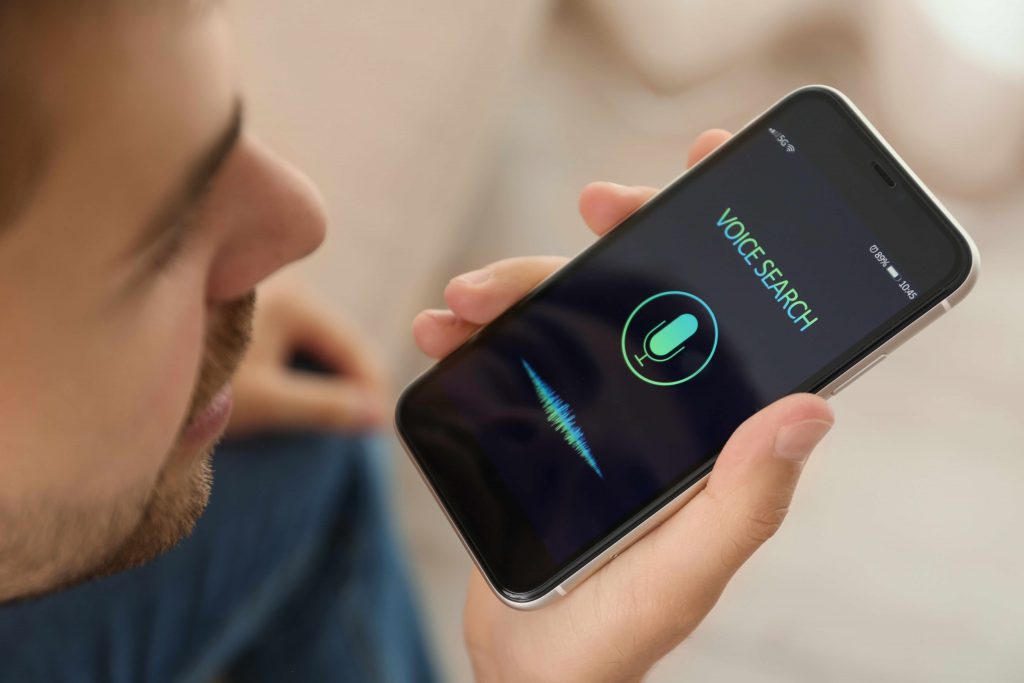Marketers know it is much easier to sell to a current customer than get a new one to walk in the door. In one recent study, businesses with a 40% level of repeat customers generated 47% more revenue than similar businesses with only a 10% level of repeat customers during a 12-month period.
This becomes all the more important when your service concerns your patient’s health.
Patient recall is therefore a doubly important element of your internal marketing campaign. Having a system in place is vital to ensuring your patient’s optimum health with regular checkups and to ensuring your patient base remains active and engaged, willing to refer you to their friends.
General recall
There are some general steps most offices are aware of to maximize patient recall. These include:
- Pre-scheduling whenever possible
- Sending recall postcards
- Maintaining accurate mailing lists for periodic general mailings
However, there are nuances and additional steps you can take to make this system work even better.
Pre-scheduling
This refers to the practice of scheduling a patient’s next regular checkup during their current one. Scheduling the next appointment as the patient is checking out is easy for the patient, sending a subtle reminder for them to return, and is easy to incorporate into the check-out routine. With an appointment already in the system, the patient will return to top of mind as the next date approaches.
Recall postcards
Many practices already send out a postcard to remind patients when a regularly scheduled checkup is due, yet this is where most of them stop. Stand out from the crowd by expanding your reminder system to include other media — send emails and SMS text messages or make a phone call. A benefit to having multiple points of contact with your patients is it becomes easier for you to update patient contact information.
Maintain accurate mailing lists
Asking patients to update their information when they come to visit is another standard practice that isn’t utilized as much as it can be. Rather than only giving patients the opportunity to update information when they come in to the office, strive to meet them where they live. Make it easy for them to text updates or update their information online. Make sure you have them update both their physical address as well as their email address.
Increase points of contact
In today’s message-saturated world, it can take as many as five to seven points of contact before your patient responds to your message, so the single postcard sent out a month ahead of appointment time is no longer sufficient. Schedule regular touch points every few weeks leading into and following any missed appointments or regularly scheduled visits, each with its own unique message appropriate for the medium used and each with its own call to action.
Automate!
There are several software packages that can help to automate many of these processes. Some of these include https://www.solutionreach.com and https://www.demandforce.com. Your own system may already have the capability to meet some if not all of these recall strategies.
By including pre-scheduling into the checkout routine and setting up automated systems to send out reminders across a variety of mediums with ease of access built in for your patients to easily contact you, you can dramatically improve patient recall.


